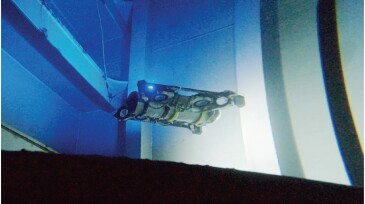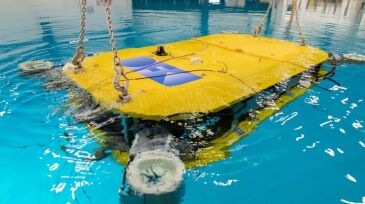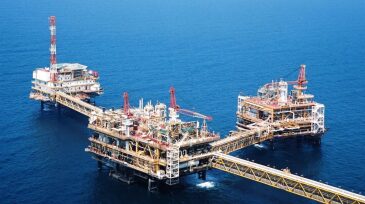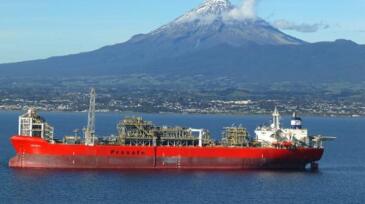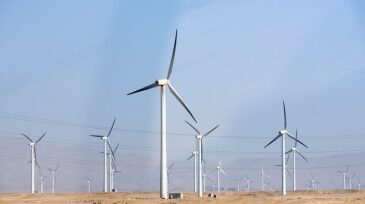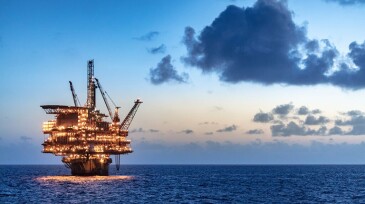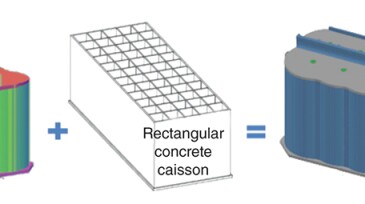Offshore/subsea systems
Vår Energi ASA and partners have officially sanctioned the Previously Produced Fields Project in the Greater Ekofisk Area. The redevelopment is expected to add high-value barrels starting in 2028, extending the production life of one of Norway’s key offshore regions.
Sponsored
As HPHT wells push equipment to the edge of material limits, operators are turning to advanced thermoplastics and sealed electrical assemblies to maintain system integrity. From ESP insulation to BOP control systems, the right component design can prevent failures, lower intervention costs, and extend equipment life in the harshest offshore environments.
The new development is estimated to hold 46 million bbl of recoverable oil and is planned to start up in late 2028.
-
Tested within a full ballast water tank on a North Sea FPSO, the ROV collected visual inspection data, validating system performance including wireless navigation and wireless communication.
-
This paper identifies success factors behind the Johan Sverdrup predrilling campaign and outlines lessons learned.
-
The authors determine that economical and environmentally responsible solutions exist for fluid disposal during well-testing operations.
-
A two-armed autonomous underwater vehicle has been launched for complex inspection and maintenance tasks, embedded in a powerful IT infrastructure that enables both intuitive control and monitoring of the system and effective information flow with the plant operator.
-
Design, construction specialist books new work in the Middle East, Australia, and Saudi Arabia.
-
The plan includes the development and operation of a first-of-its-kind high-voltage, direct-current (HVDC-VSC) subsea transmission system in the Middle East and North Africa region.
-
Helix Energy Solutions will start work on a five-well complete abandonment project in the offshore Tui field in late 2022.
-
Egypt and Greece have clinched a deal to build the EU-backed EuroAfrica Interconnector subsea cable via Cyprus to bring renewable energy from North Africa to Europe and move Cairo closer to its goals of becoming an energy transmission hub for the East Med.
-
Shell reported that most of its production was back online, but some facilities will remain shut-in until the end of the year.
-
The authors write of an efficiency-optimization effort in the planning and construction of a West African breakwater for LNG service that resulted in increased financial and environmental benefits.




